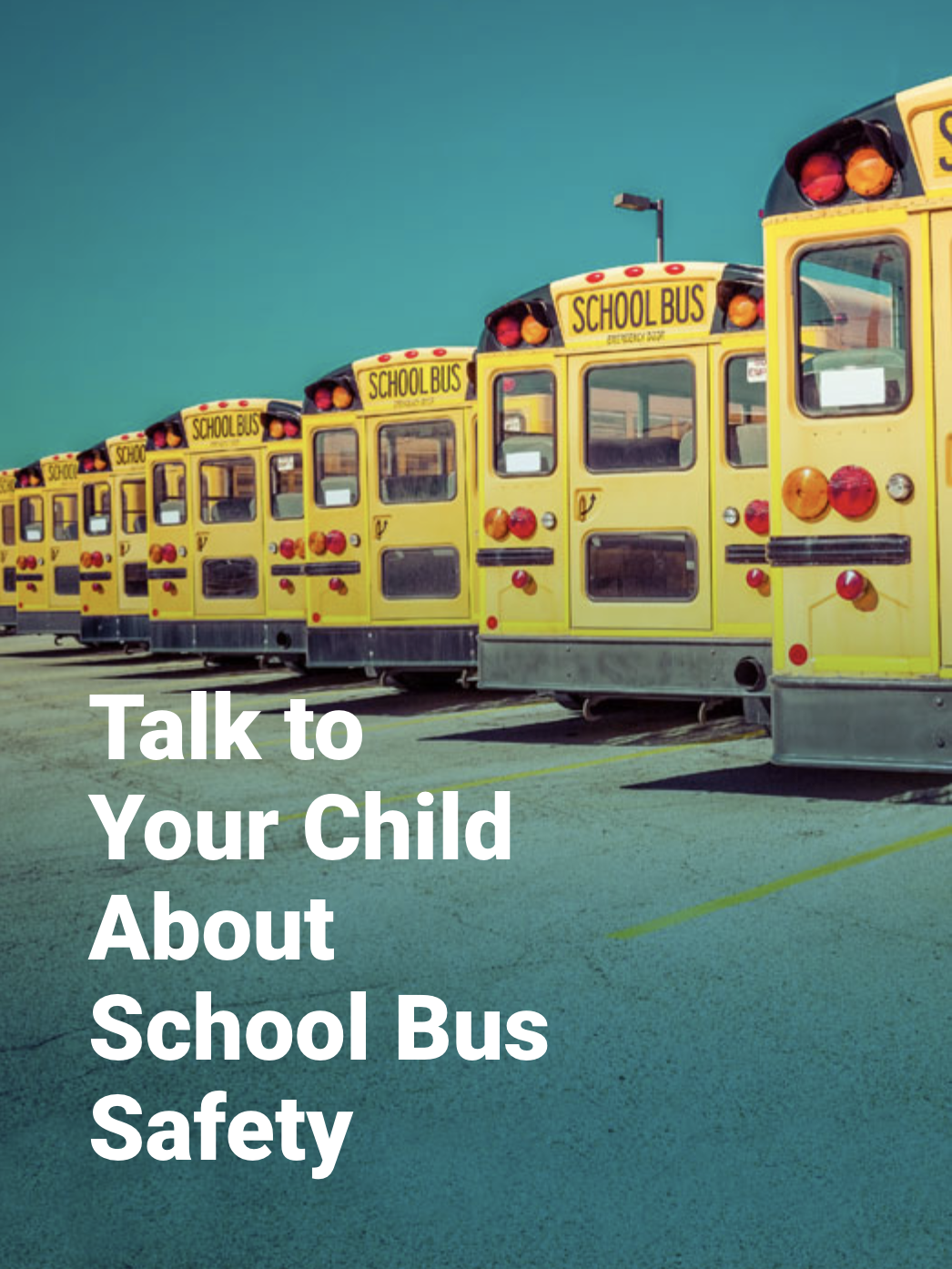When you have a child, you do anything and everything in your power to keep them safe. While you are driving putting them in a car seat while you drive is one of the best ways to do that. Then, once they are too big for the car seat, a booster seat is your next line of defense against serious car accident injuries. The question is, how do you know when your child is ready to graduate from a booster seat and ride in a normal seatbelt? Let’s find out!
Booster Seats
Research from the National Highway Traffic Safety Administration has found that booster seats reduce a child’s risk of serious injury or death during a car crash by 45 percent.
New guidelines suggest children under 4 feet 9 inches who have outgrown the child harness car seat should sit in a booster seat.
Shorter than 4’9 needs a booster due to the placement of the seatbelt across the chest.
Under 13, continue to sit in the back seat even if no booster is needed due to the spine's development.
Child passenger safety laws vary by state. Be sure to check YOUR state’s requirements and the laws in the states you visit.
Understanding New Hampshire Car Seat Laws
NH RSA 265:107-a
New Hampshire law requires that any child under eighteen riding as a passenger in a motor vehicle be secured by either a seat belt or a child safety seat and that any child under the age of seven is secured by an approved child restraint (RSA 265:107-a). It is the driver's responsibility to ensure that all child passengers are properly restrained. There are only four exceptions to this requirement. Children do not have to be restrained: (1) in taxis and buses, (2) in vehicles manufactured before 1968, (3) when they have physical conditions that prevent the use of seat belts or child safety seats, and (4) under certain special-education conditions.
If you fail to have a child passenger "buckle up," you face a first-offense fine of $50 and a second-offense fine of $100.
The best way to determine whether or not your child is ready to ride in a regular seat belt is to understand New Hampshire car seat laws. The law outlines what type of seat your child should ride in based on age and weight. Current car seat and booster seat laws are:
Children under two years of age should ride in a rear-facing car seat.
From 2-5 years, your child should ride in a forward-facing car seat with a chest harness. Once they are four, they can ride in a high-back booster seat.
Children 5+ years should ride in a booster seat with a seat belt.
There is no set age for a child to move from a booster seat to a regular seat belt. However, there is a checklist you can use to determine if it’s safe to switch.
THE BOOSTER SEAT CHECKLIST
One of the first signs that your child is ready to move from the booster seat to the regular seatbelt is when the booster seat becomes uncomfortable to ride in. Before you move them, however, here are a few items you should check off:
Do your child’s feet touch the floor comfortably?
Does your child’s back touch the back of the seat?
Does the seatbelt sit naturally between your child’s arm and neck?
Does the lap belt touch your child’s thighs?
Will your child sit in the seat without removing the belt?
If you can answer yes to these questions, you can safely move your child to a regular seat if they are over five years of age.
THE DANGERS OF NOT FOLLOWING CAR SEAT GUIDELINES
Following car seat laws is extremely important to your child’s safety. If they are not buckled in properly, they can suffer severe injuries and even death in a car accident. Some risks of not being buckled in properly include being thrown from the car, broken bones, head injuries, neck injuries, and back injuries. Here are some links to additional resources from the National Highway Traffic Safety Association:
· Car Seat Glossary of Terms: Learn about vehicle and car seat parts and more.
· Training Contacts by State for Child Passenger Safety: Find your state's Child Passenger Safety Training Contacts.
· Car Seat Use After a Crash: Make sure you know the difference between a minor crash and a moderate to major one before deciding to use a car seat after a crash.
· NHTSA’s Car Seat Recommendations for Children: Use these recommendations to help you choose the best meets your child’s needs.
· Keeping Kids Safe - A Parent’s Guide to protecting children in and around cars: This booklet will help you better understand today’s vehicle safety features, car seats, and how to keep kids safe in and around vehicles.
· Used Car Seat Safety Checklist: Consider using a second-hand car seat. If you can check off each of these statements, then it may be okay to use one.
Patch & FitzGerald Car Accident Attorneys In New Hampshire
If you are involved in a car accident in New Hampshire, you can rely on the attorneys at Patch & FitzGerald to be there for you. They have decades of experience winning cases for thousands of people throughout the state. For a free consultation call 603-647-2600 or contact us online today.










